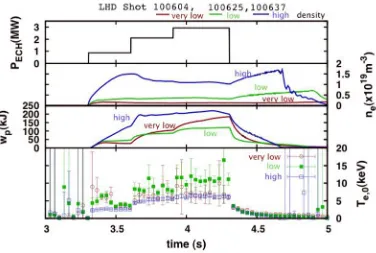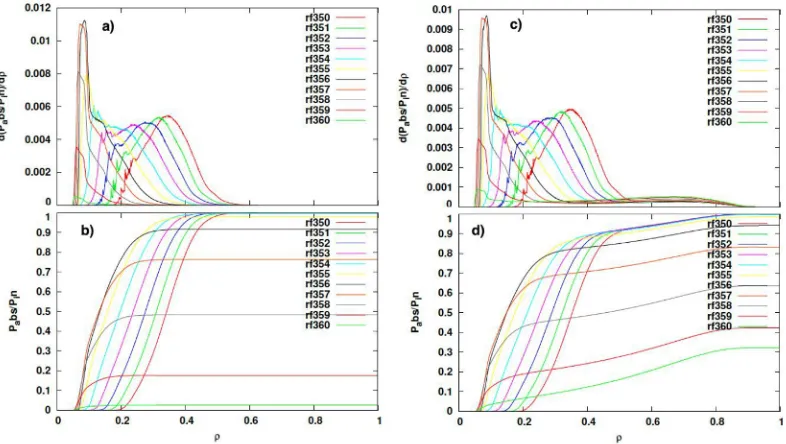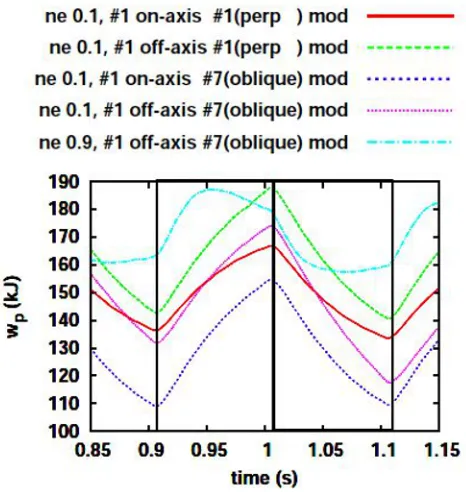Influence of high energy electrons on ECRH in LHD
Full text
Figure




Related documents
Moreover, we showed that the presence of Staphylococ- cus aureus virulence factors, either at presen- tation or at follow-up in diabetic patients with clinically uninfected wounds,
It is observed that the density of the fluid decreases as passes through the orifice plate and then recovers as it flow pass over the orifice section however
Exposure to electrocauterization smoke within the two groups in the second and third phases caused acute inflammation and significantly increased the signs of inflammation
Ship rats’ ( Rattus rattus ) home range size and population densities were measured on Big South Cape Island/Taukihepa, an island with a dense seabird colony, near South-west
In this paper, a heuristic algorithm based Ant Colony Optimization has been proposed to initiate the service load distribution under cloud computing architecture. The
OsARF1 is the first full-length member of auxin response factor ( ARF ) gene family to be cloned from monocot plant. Using quantitative RT-PCR this study found that,
Recently, a number of studies have begun to show that autophagy plays important roles in cardiac hypertrophy under various pathological stimuli, thus indicating a possible
Figure 11 shows the brake thermal efficiency of the test engine when run on the diesel fuel blends samples under varying speed conditions1. The efficiency was
